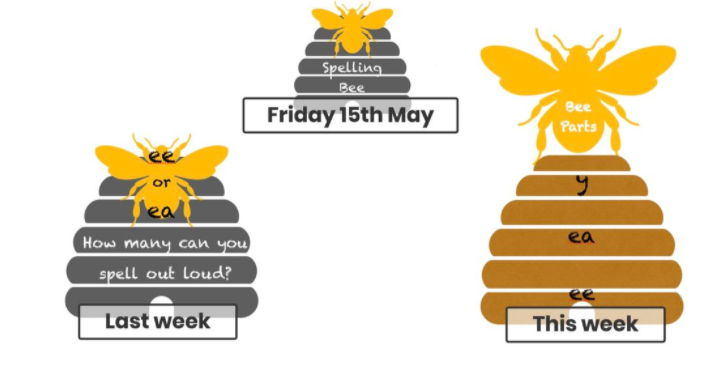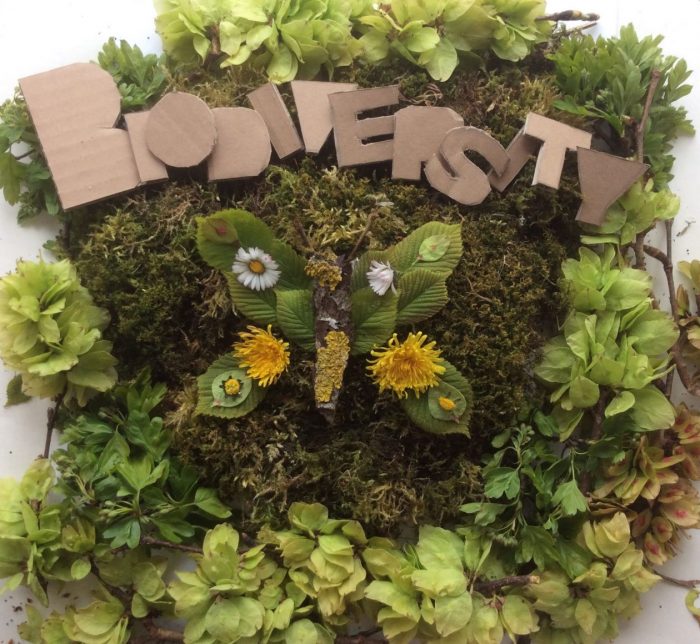SEW – we thought you might like to take part in a Sewing Bee!
This is when a group of people get together to sew and make. They share ideas, help , encourage and have a laugh!
🐝🐝🐝🐝🐝🐝🐝🐝🐝🐝🐝🐝
HUGE THANKS TO MRS STILL AND MRS WEBSTER FOR BEING SUCH BUSY SEWING BEES!!
🐝🐝🐝🐝🐝🐝🐝🐝🐝🐝🐝🐝
On BBC 1 there is a programme called ‘The Sewing Bee’ – there are 3 parts
The Pattern Challenge
The Makeover Challenge
The Made to Measure Challenge – let’s rethink this challenge!
The Methlick School Eco Sewing Bee – Pattern Challenge
To follow the pattern to succeed
The Methlick School Eco Sewing Bee – Makeover Challenge
To ‘makeover’ an old piece of clothing and turn it into a bee or any pollinator of your choice!
Each week on the television programme contestants are given an everyday item to makeover into a new item in a very short amount of time. Last week each contestant had a sleeping bag and they had to make a children’s costume. The results were amazing!
The Methlick School Eco Sewing Bee Cardboard Challenge
No fabric then why not try this cardboard sewing challenge instead!
I hope you enjoy taking part in one of these challenges or inventing your own!
🐝🐝🐝🐝🐝🐝🐝🐝🐝🐝🐝🐝
My daughter was bored on Saturday. It was snowing! She was grumbling! Eventually she agreed to have a go at making a bee and she surprised herself! She made her own pattern and sewed from lunchtime until late evening until she finished! Sewing is a very important skill for her future career as she is studying to become a vet so this was good practise as well.
Making, sewing, building, tinkering away at a project in your imagination can be very absorbing. You can forget about everything around you for a while!








